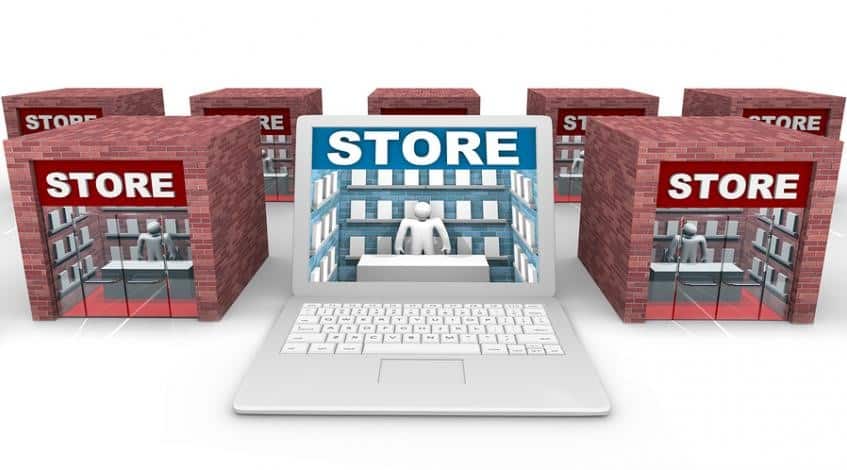The rise of e-commerce has certainly disrupted the retail industry and forced many traditional retailers to re-evaluate their business models by setting up online stores too.
However, online shopping has not completely replaced physical retail stores. In fact, many successful e-commerce companies have expanded into physical retail locations to complement their online offerings.
Moreover, physical retail stores offer advantages that online stores cannot match, such as the ability to provide personalized service, sensory experiences, and the ability to offer immediate gratification by allowing customers to take home their purchases immediately.
Retail is also evolving in other ways, such as the increasing focus on sustainability, social responsibility, and the integration of technology, such as mobile payments and augmented reality.
While online stores have become increasingly popular in recent years, physical retail locations still have several advantages that online stores cannot match.
Why Online Stores Need Physical Retail Locations Too
- Increased Brand Visibility
- Increased Credibility
- Enhanced Customer Experience
- Improved Customer Service
- Opportunity for Hands-on Experience
- Additional Sales Channels
- Test New Markets
Increased Brand Visibility
Having a physical retail location can increase a brand’s visibility in the local community. This is especially important for new or smaller online stores that may struggle to gain recognition and establish themselves in a crowded online marketplace.
Increased Credibility
Having a physical retail location can also increase a brand’s credibility and legitimacy in the eyes of consumers.
Customers may feel more comfortable purchasing a brand that has a physical presence, as it gives them a sense of security and trust.
Enhanced Customer Experience
Selling products in a physical store allows customers to see and touch the products in person, which can lead to a better understanding of the product and increase customer satisfaction.
Additionally, a physical store can provide a unique and memorable shopping experience that cannot be replicated online.
Improved Customer Service
A physical retail location allows customers to interact with sales associates and get personalized recommendations or advice.
This can improve the overall shopping experience and increase customer satisfaction, which can lead to repeat business and positive word-of-mouth.
Opportunity for Hands-on Experience
Some products, such as clothing, furniture, or electronics, may be difficult to sell online without allowing customers to see, touch, or try them out.
Having a physical retail location allows customers to have a hands-on experience with these products, which can lead to more informed purchasing decisions.
Additional Sales Channels
Having a physical retail location allows a brand to offer customers additional sales channels beyond their online store.
For example, customers may prefer to shop in person but still want the convenience of being able to order online for in-store pickup or delivery.
Test New Markets
Selling products in a physical store can also allow a brand to test new markets and gain insights into customer behaviour and preferences.
This can help the brand refine its marketing and product strategies, as well as identify potential areas for expansion.
Conclusion
Having a physical retail location can complement and enhance a brand’s online presence and provide additional opportunities for growth and customer engagement.
Selling offline can provide a range of benefits, including increased brand awareness, enhanced customer experience, increased credibility, additional sales channels, and the ability to test new markets.
While the retail industry is undergoing significant changes and facing new challenges, it is not dead. Successful retailers are those who are able to adapt and innovate to meet the changing needs and expectations of customers in today’s dynamic retail environment.










